Citibank 2012 Annual Report Download - page 237
Download and view the complete annual report
Please find page 237 of the 2012 Citibank annual report below. You can navigate through the pages in the report by either clicking on the pages listed below, or by using the keyword search tool below to find specific information within the annual report.-
 1
1 -
 2
2 -
 3
3 -
 4
4 -
 5
5 -
 6
6 -
 7
7 -
 8
8 -
 9
9 -
 10
10 -
 11
11 -
 12
12 -
 13
13 -
 14
14 -
 15
15 -
 16
16 -
 17
17 -
 18
18 -
 19
19 -
 20
20 -
 21
21 -
 22
22 -
 23
23 -
 24
24 -
 25
25 -
 26
26 -
 27
27 -
 28
28 -
 29
29 -
 30
30 -
 31
31 -
 32
32 -
 33
33 -
 34
34 -
 35
35 -
 36
36 -
 37
37 -
 38
38 -
 39
39 -
 40
40 -
 41
41 -
 42
42 -
 43
43 -
 44
44 -
 45
45 -
 46
46 -
 47
47 -
 48
48 -
 49
49 -
 50
50 -
 51
51 -
 52
52 -
 53
53 -
 54
54 -
 55
55 -
 56
56 -
 57
57 -
 58
58 -
 59
59 -
 60
60 -
 61
61 -
 62
62 -
 63
63 -
 64
64 -
 65
65 -
 66
66 -
 67
67 -
 68
68 -
 69
69 -
 70
70 -
 71
71 -
 72
72 -
 73
73 -
 74
74 -
 75
75 -
 76
76 -
 77
77 -
 78
78 -
 79
79 -
 80
80 -
 81
81 -
 82
82 -
 83
83 -
 84
84 -
 85
85 -
 86
86 -
 87
87 -
 88
88 -
 89
89 -
 90
90 -
 91
91 -
 92
92 -
 93
93 -
 94
94 -
 95
95 -
 96
96 -
 97
97 -
 98
98 -
 99
99 -
 100
100 -
 101
101 -
 102
102 -
 103
103 -
 104
104 -
 105
105 -
 106
106 -
 107
107 -
 108
108 -
 109
109 -
 110
110 -
 111
111 -
 112
112 -
 113
113 -
 114
114 -
 115
115 -
 116
116 -
 117
117 -
 118
118 -
 119
119 -
 120
120 -
 121
121 -
 122
122 -
 123
123 -
 124
124 -
 125
125 -
 126
126 -
 127
127 -
 128
128 -
 129
129 -
 130
130 -
 131
131 -
 132
132 -
 133
133 -
 134
134 -
 135
135 -
 136
136 -
 137
137 -
 138
138 -
 139
139 -
 140
140 -
 141
141 -
 142
142 -
 143
143 -
 144
144 -
 145
145 -
 146
146 -
 147
147 -
 148
148 -
 149
149 -
 150
150 -
 151
151 -
 152
152 -
 153
153 -
 154
154 -
 155
155 -
 156
156 -
 157
157 -
 158
158 -
 159
159 -
 160
160 -
 161
161 -
 162
162 -
 163
163 -
 164
164 -
 165
165 -
 166
166 -
 167
167 -
 168
168 -
 169
169 -
 170
170 -
 171
171 -
 172
172 -
 173
173 -
 174
174 -
 175
175 -
 176
176 -
 177
177 -
 178
178 -
 179
179 -
 180
180 -
 181
181 -
 182
182 -
 183
183 -
 184
184 -
 185
185 -
 186
186 -
 187
187 -
 188
188 -
 189
189 -
 190
190 -
 191
191 -
 192
192 -
 193
193 -
 194
194 -
 195
195 -
 196
196 -
 197
197 -
 198
198 -
 199
199 -
 200
200 -
 201
201 -
 202
202 -
 203
203 -
 204
204 -
 205
205 -
 206
206 -
 207
207 -
 208
208 -
 209
209 -
 210
210 -
 211
211 -
 212
212 -
 213
213 -
 214
214 -
 215
215 -
 216
216 -
 217
217 -
 218
218 -
 219
219 -
 220
220 -
 221
221 -
 222
222 -
 223
223 -
 224
224 -
 225
225 -
 226
226 -
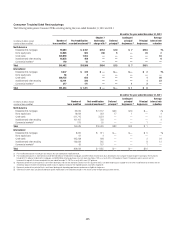 227
227 -
 228
228 -
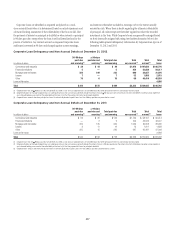 229
229 -
 230
230 -
 231
231 -
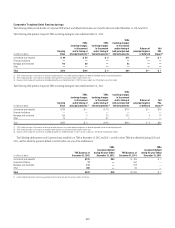 232
232 -
 233
233 -
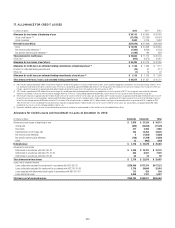 234
234 -
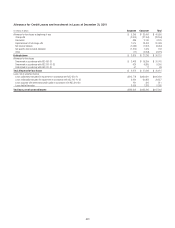 235
235 -
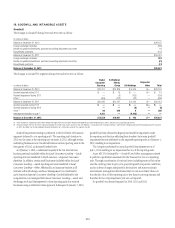 236
236 -
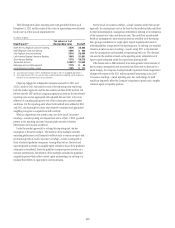 237
237 -
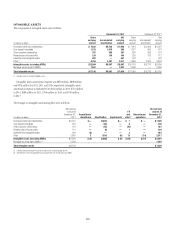 238
238 -
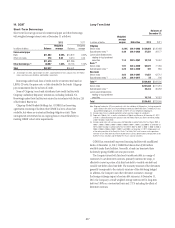 239
239 -
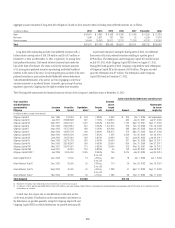 240
240 -
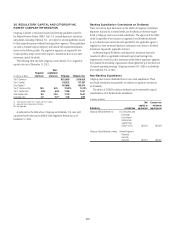 241
241 -
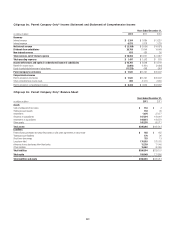 242
242 -
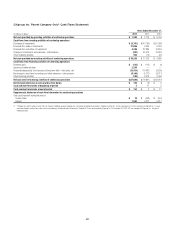 243
243 -
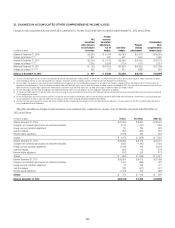 244
244 -
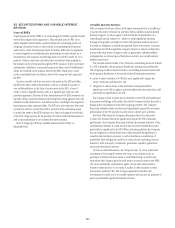 245
245 -
 246
246 -
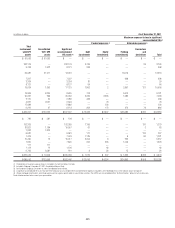 247
247 -
 248
248 -
 249
249 -
 250
250 -
 251
251 -
 252
252 -
 253
253 -
 254
254 -
 255
255 -
 256
256 -
 257
257 -
 258
258 -
 259
259 -
 260
260 -
 261
261 -
 262
262 -
 263
263 -
 264
264 -
 265
265 -
 266
266 -
 267
267 -
 268
268 -
 269
269 -
 270
270 -
 271
271 -
 272
272 -
 273
273 -
 274
274 -
 275
275 -
 276
276 -
 277
277 -
 278
278 -
 279
279 -
 280
280 -
 281
281 -
 282
282 -
 283
283 -
 284
284 -
 285
285 -
 286
286 -
 287
287 -
 288
288 -
 289
289 -
 290
290 -
 291
291 -
 292
292 -
 293
293 -
 294
294 -
 295
295 -
 296
296 -
 297
297 -
 298
298 -
 299
299 -
 300
300 -
 301
301 -
 302
302 -
 303
303 -
 304
304 -
 305
305 -
 306
306 -
 307
307 -
 308
308 -
 309
309 -
 310
310 -
 311
311 -
 312
312 -
 313
313 -
 314
314 -
 315
315 -
 316
316 -
 317
317 -
 318
318 -
 319
319 -
 320
320 -
 321
321 -
 322
322 -
 323
323 -
 324
324
 |
 |

215
The following table shows reporting units with goodwill balances as of
December 31, 2012 and the excess of fair value as a percentage over allocated
book value as of the annual impairment test.
In millions of dollars
Reporting unit (1)
Fair value as a % of
allocated book value Goodwill
North America Regional Consumer Banking 225% $6,803
EMEA Regional Consumer Banking 150% $ 366
Asia Regional Consumer Banking 281% $ 5,489
Latin America Regional Consumer Banking 186% $1,881
Securities and Banking 137% $9,378
Transaction Services 1,336% (2) $1,603
Brokerage and Asset Management 121% $ 42
Local Consumer Lending—Cards 110% $ 111
(1) Local Consumer Lending—Other is excluded from the table as there is no goodwill allocated to it.
(2) Transaction Services: 2011 fair value has been carried forward for this reporting unit for purposes of
the 2012 annual impairment test as discussed above.
Citigroup engaged an independent valuation specialist in 2011 and
2012 to assist in Citi’s valuation for most of the reporting units employing
both the market approach and the discounted cash flow (DCF) method. Citi
believes that the DCF method, using management projections for the selected
reporting units and an appropriate risk-adjusted discount rate, is the most
reflective of a market participant’s view of fair values given current market
conditions. For the reporting units where both methods were utilized in 2011
and 2012, the resulting fair values were relatively consistent and appropriate
weighting was given to outputs from both methods.
While no impairment was noted in step one of the Local Consumer
Lending—Cards reporting unit impairment test as of July 1, 2012, goodwill
present in the reporting unit may be particularly sensitive to further
deterioration in economic conditions.
Under the market approach for valuing this reporting unit, the key
assumption is the price multiple. The selection of the multiple considers
operating performance and financial condition such as return on equity and
net income growth of Local Consumer Lending—Cards as compared to
those of selected guideline companies. Among other factors, the level and
expected growth in return on tangible equity relative to those of the guideline
companies is considered. Since the guideline company prices used are on a
minority interest basis, the selection of the multiple considers the guideline
acquisition prices which reflect control rights and privileges in arriving at a
multiple that reflects an appropriate control premium.
For the Local Consumer Lending—Cards valuation under the income
approach, the assumptions used as the basis for the model include cash flows
for the forecasted period, assumptions embedded in arriving at an estimation
of the terminal year value and discount rate. The cash flows are estimated
based on management’s most recent projections available as of the testing
date, giving consideration to target equity capital requirements based on
selected guideline companies for the reporting unit. In arriving at a terminal
value for Local Consumer Lending—Cards, using 2015 as the terminal
year, the assumptions used included a long-term growth rate. The discount
rate used in the analysis is based on the reporting units’ estimated cost of
equity capital computed under the capital asset pricing model.
If the future were to differ adversely from management’s best estimate of
key economic assumptions and associated cash flows were to decrease by a
small margin, the Company could potentially experience future impairment
charges with respect to the $111 million goodwill remaining in its Local
Consumer Lending—Cards reporting unit. Any such charge, by itself,
would not negatively affect the Company’s regulatory capital ratios, tangible
common equity or liquidity position.
